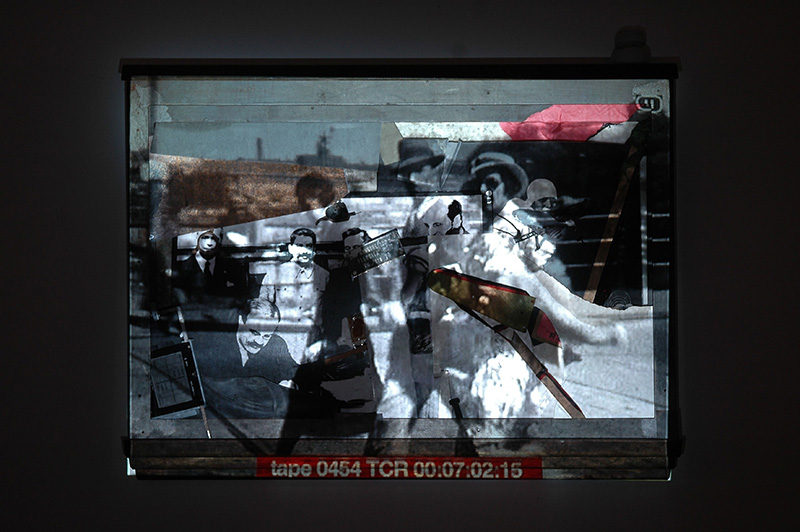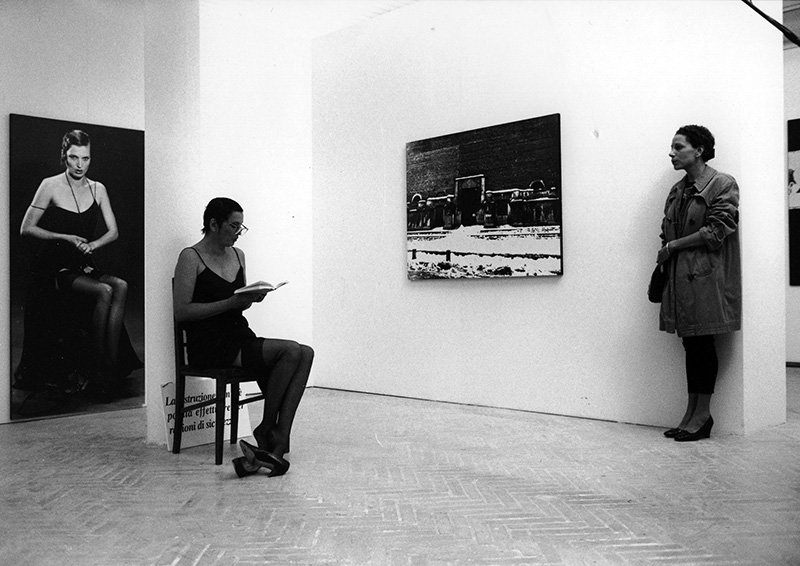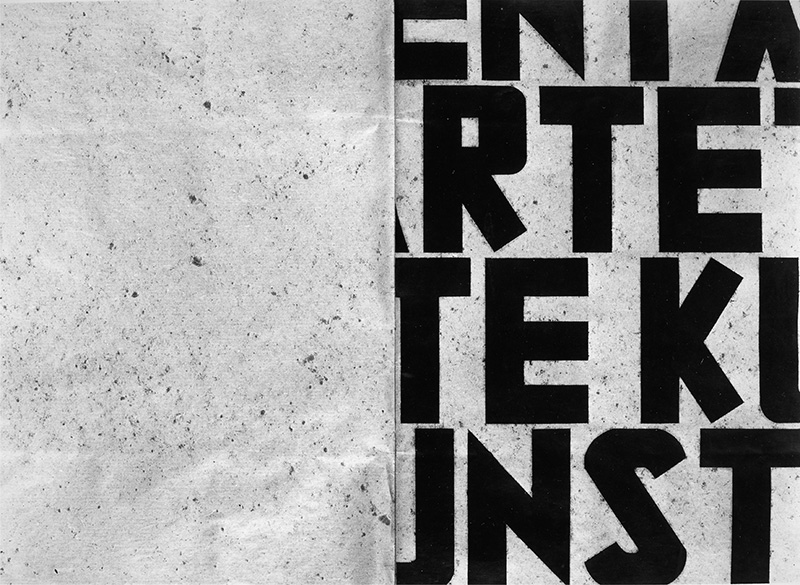ART CITIES:N.York-Fabio Mauri
 After the World War II, images filtered into Italy that portrayed, in horrifying detail, the concentration camp victims of Nazi Germany. At the home of Fabio Mauri in Rome, those pictures arrived with unusual frequency, because among his father’s varied businesses was the distributorship of 300 foreign newspapers. In his entire career, Fabio Mauri produced works that probed the problem that had unhinged him as a boy: How could such atrocities happen under everyone’s eyes in Europe?
After the World War II, images filtered into Italy that portrayed, in horrifying detail, the concentration camp victims of Nazi Germany. At the home of Fabio Mauri in Rome, those pictures arrived with unusual frequency, because among his father’s varied businesses was the distributorship of 300 foreign newspapers. In his entire career, Fabio Mauri produced works that probed the problem that had unhinged him as a boy: How could such atrocities happen under everyone’s eyes in Europe?
By Efi Michalarou
Photo: Hauser & Wirth Gallery Archive
A solo exhibition of works by Fabio Mauri, is on presentation in New York, entitled“With Out”. Fabio Mauri is the creator of a unique and committed body of original work that cannot be categorized as part of any single movement. This exhibition brings together works that affirm the unclassifiable nature of his art as well as the wealth of aesthetic languages and resources he has used to explore political and social issues. In his installation “Entartete Kunst” (1985), (the title of the Nazi exhibition in Berlin, Leipzig, Düsseldorf and Salzburg to display those pieces of art that were considered “abominable”), two large oil paintings, one red and the other yellow. In front of the two monochromes, which symbolise the modern Avant-Garde, there is the bronze statue of a man: the model for the statue is a picture of Goebbels taken during the opening of the exhibition in Berlin in 1938. Goebbels’s face conveys his contempt for expressionist art: his expression is that of someone who knows what truth and quality really are. “Ebrea” (1971), is inhabited by sculptural objects that simulate a human source” the skin, teeth, bones, hair of Jews died in Nazi death camps, emotionally involves the viewers while guiding them in a direct experience of evil. Traditional aesthetics also run through his series “Senza Arte” (1990), in which Mauri explodes the conventions of still-life painting. A metallic stretcher, orphan of its canvas, has its contents scattered beside it, while a monochrome screen supplies a shelf for a fan, revealing a vinyl record hidden within. As part of the exhibition, Hauser & Wirth re-stagea a selection of Mauri’s historical performances, including ”Europa bombardata” (1978) on 25, 26 & 27/1/18, “L’Espressionista” (1982),which will be performed on Saturdays throughout the run of exhibition and “Ebrea” (1971) one of Mauri’s most provocative and celebrated works, to be performed on 9/2/18.
Info: Hauser & Wirth Gallery, 548 West 22nd Street, New York, Duration: 25/1-7/4/18, Days & Hours: Tue-Sat 10:00-18:00, www.hauserwirth.com








